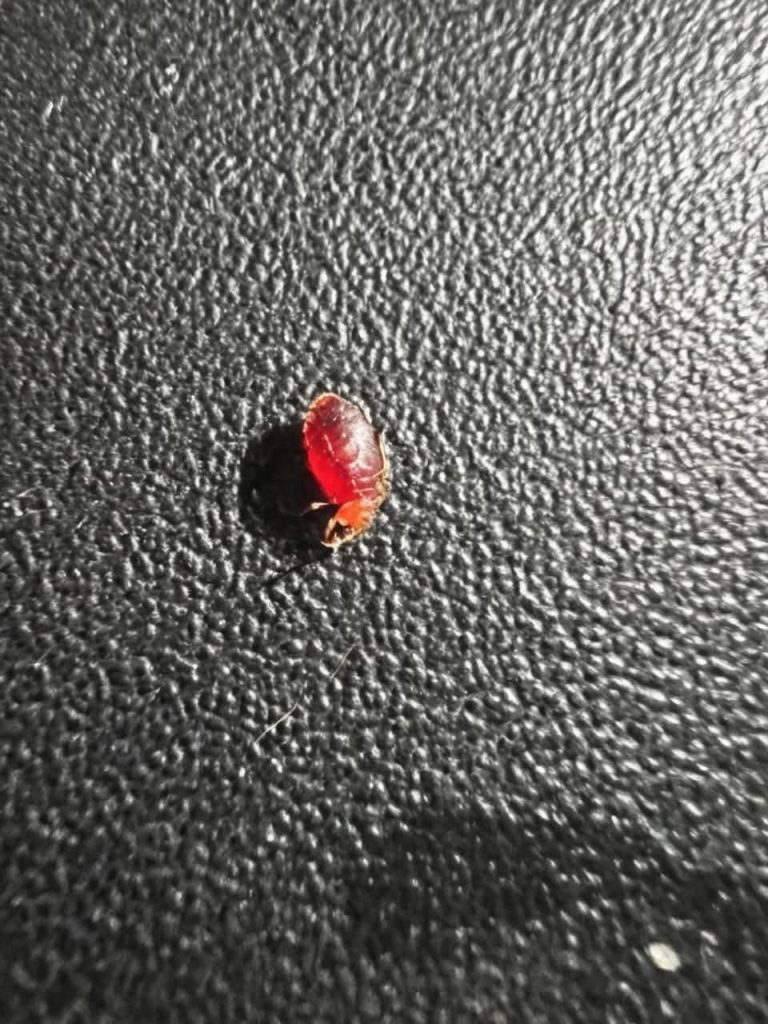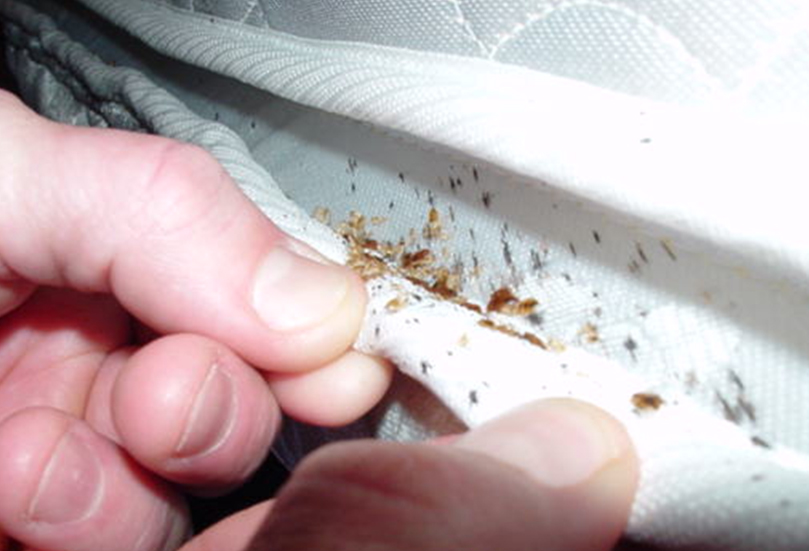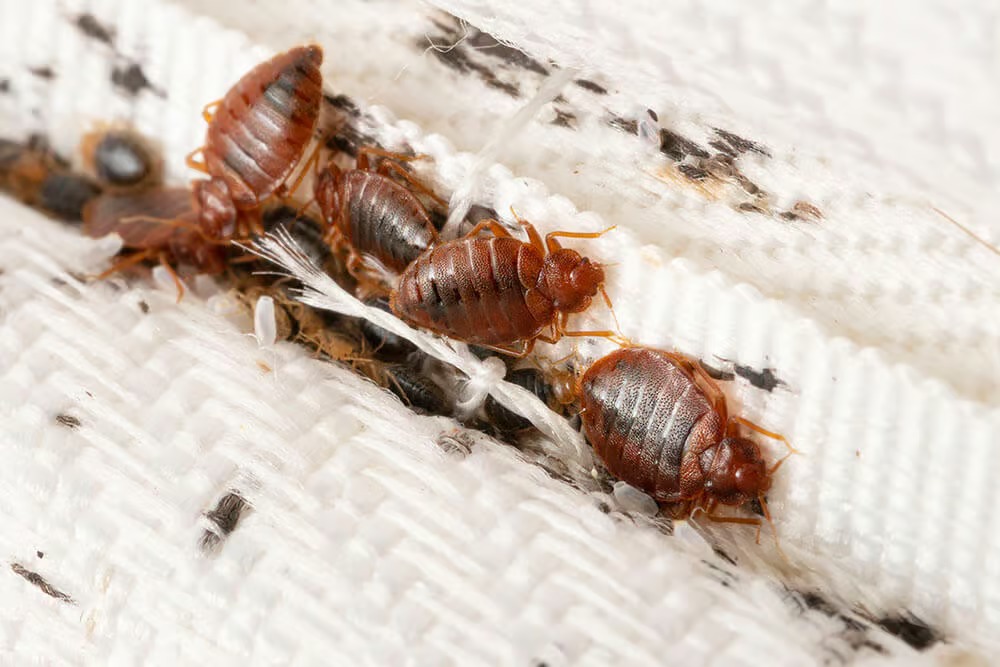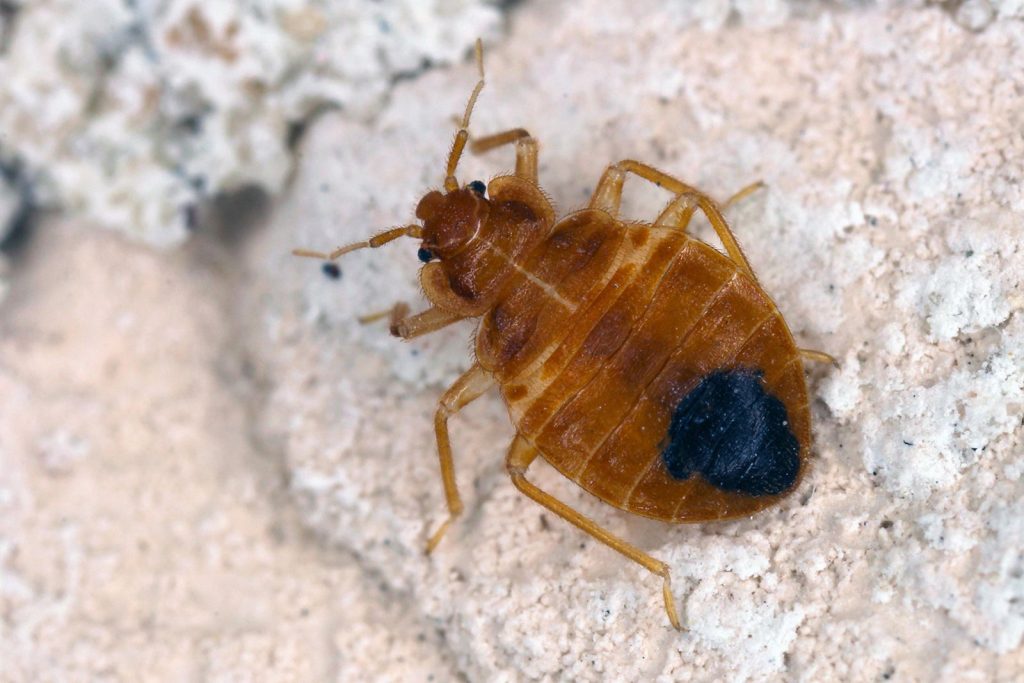How to Identify and Eliminate Bed Bugs at Home
Discovering small insects in your home can be unsettling, especially when they appear repeatedly in bedrooms or near resting areas. In many cases, these pests turn out to be bed bugs (Cimex lectularius)—tiny, reddish-brown insects that feed on human blood, primarily at night.
Bed bugs are not considered to transmit diseases, but their presence can cause itchy bites, allergic reactions, and disrupted sleep. Identifying them early and taking the right steps is essential to prevent a larger infestation.

Recognizing Bed Bugs
Bed bugs are often mistaken for harmless household insects. Key signs include:
-
Appearance: Small, flat, oval-shaped insects, typically reddish-brown. After feeding, they may look darker and more swollen.
-
Hiding spots: Commonly found in mattress seams, bed frames, headboards, curtain folds, and even behind wall outlets or baseboards.
-
Evidence of activity: Tiny black spots (droppings), shed skins, eggs, or live insects.
Even a single sighting may indicate more hiding nearby, as bed bugs reproduce quickly.
Why Prompt Action Is Important
Ignoring the problem can make it worse. Bed bugs can spread across rooms and apartments if left untreated. The main concerns include:
-
Bites: Red, itchy welts that may appear in clusters or lines.
-
Sleep disruption: Anxiety and discomfort from repeated bites.
-
Allergic reactions: Some people experience stronger skin reactions that may require medical attention.
Steps to Control Bed Bugs at Home
If you suspect bed bugs, take immediate action:
-
Inspect thoroughly
Check mattress edges, sheets, bed frames, and nearby furniture for live bugs, droppings, or shed skins. -
Wash and heat-treat fabrics
Wash bedding, clothing, and linens in hot water (at least 60°C) and dry on high heat to kill bed bugs and eggs. -
Vacuum carefully
Vacuum mattresses, floors, and cracks in furniture. Dispose of the vacuum bag or empty the canister outside immediately. -
Use bed bug interceptors
Place traps under bed legs to monitor and reduce movement of bugs. -
Seek professional help
In most cases, professional pest control is the most effective way to eliminate infestations. Heat treatments and specialized pesticides are often required for full removal.
Common Mistakes to Avoid
-
Moving to another room: Bed bugs may follow and spread the infestation.
-
Throwing away furniture: Discarding mattresses or sofas without treatment can spread the problem to other areas.
-
Relying only on DIY sprays: Over-the-counter products are rarely effective for established infestations.
Conclusion
Finding bed bugs at home can be stressful, but early detection and proper treatment are the keys to solving the problem. By carefully inspecting sleeping areas, washing fabrics at high temperatures, vacuuming, and contacting a licensed pest control service, you can stop the infestation before it spreads further.
Regular home inspections and preventive steps, such as using mattress covers and keeping clutter to a minimum, can also reduce the risk of re-infestation.



